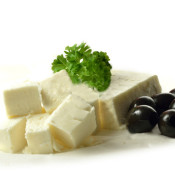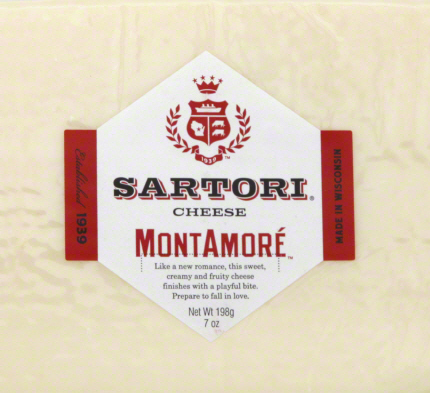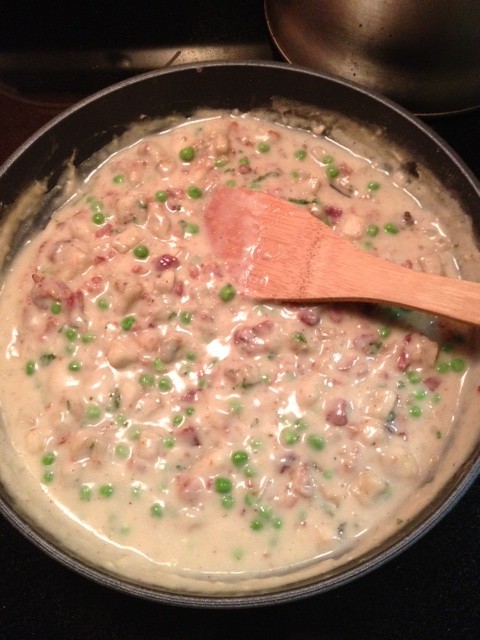MontAmoré Cheese

If a cheese plate plays as important of a role on your table as it does mine, then you’re going to love what I have to share with you today. Whether it’s standing around in the kitchen waiting for our meal to cook, or sitting at the table with family and friends before a big Sunday dinner, a plate of cheese, crusty bread and bruschetta are usually being enjoyed…along with a nice glass of wine. Sharp provolone or mozzarella drizzled with olive oil and shredded basil are our usually standbys. A few weeks back, when we had some family over for dinner, I thought it would be nice to add something a little more special to the plate. The cheese that I found served this exact purpose, and I’ve had some in my fridge ever since.

MontAmoré, made by the Sartori artisan cheese family, is described on its packaging as “a sweet, creamy and fruity cheese that begins with a deliciously inviting appearance and finishes with a playful, tangy bite. It is named with deep affection for the gorgeous Dolomite mountains that tower with breathtaking beauty above the Sartori hometown of Valdastico, Italy. Prepare to fall in love.” Well, we tried it, and yes, we fell in love. I found a reasonably priced block of MontAmoré in the gourmet cheese section of my local Giant. The description sounded amazing, and I knew it was something that my family and I would really enjoy. The taste was spot-on. It’s a creamy cheese with just enough – but not too much – of a sharp bite to it. The aroma is sharp, but not as pungent as a sharp provolone. The texture is also creamier than a sharp provolone, yet not too soft. There’s no waxiness to the cheese, so it crumbles slightly when cut.
We served it along with a smoked mozzarella, which made for a really nice combination. The two cheeses worked well together on the plate, each offering a distinct and unique taste. There was no conflict of taste when going back and forth between the two cheeses. It went along well with India Pale Ale that I was drinking , along with the Chianti that everyone else was enjoying. The cheese complemented both perfectly.
If you are a cheese-lover, I highly suggest you search for a block of MontAmoré. If it is not available in your local supermarket or cheese shop, you can also order it online.
Be sure to visit the Sartori website for more information on their history and products by clicking here.
Suggested Pairings:
Wines
Chardonnay
Beaujolais
Pinot noir
Light italian red
Beers
India pale ale
American pale ale
Bock
Porter
Stout
Foods
Crusty artisan bread
Green olives
Dried nuts
Dried pineapple
Chocolate









Recent Comments